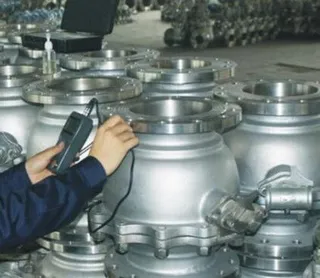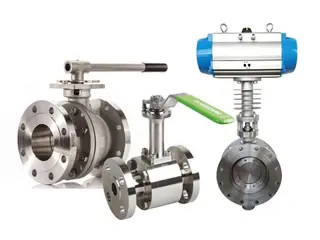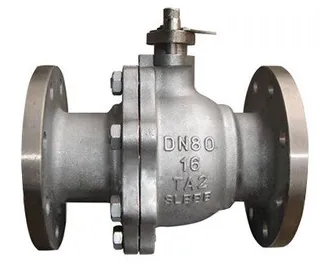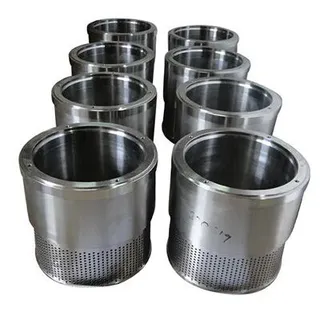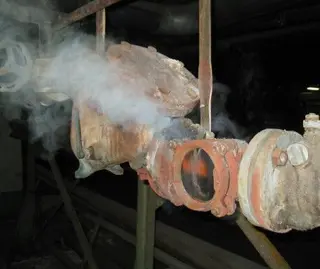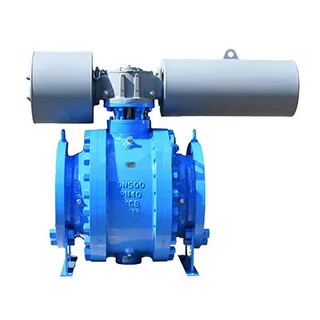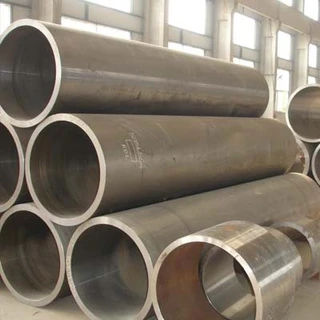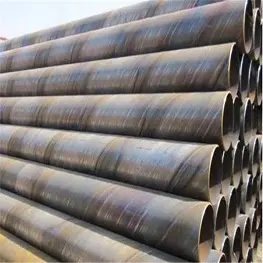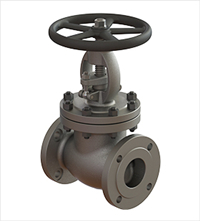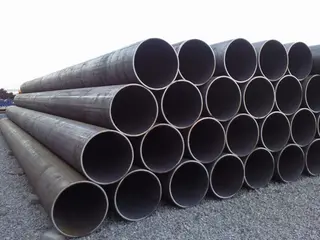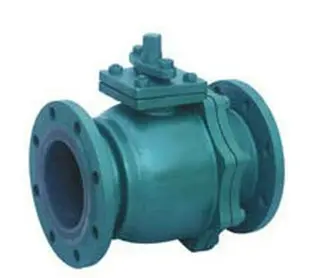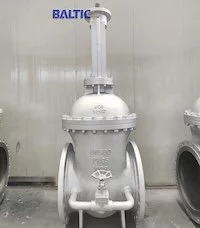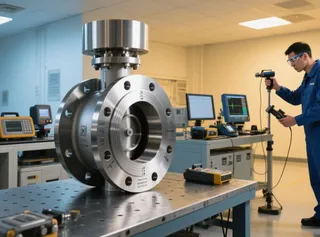Radiographic Testing Technology for Improving Valve Quality
Valves play a critical role in industries such as electric power, petroleum, chemical engineering, metallurgy, shipbuilding, nuclear energy, and aviation. As these sectors continue to grow, the importance of ensuring high-quality valve manufacturing becomes even more significant. In response to safety concerns and accidents resulting from poor valve quality, China implemented regulations for pressure valve manufacturing qualifications and quality control starting in February 2003. Radiographic testing has emerged as a key technology in improving valve inspection processes and addressing valve defects such as leakage and body fractures, which have historically led to significant losses.
Valve Manufacturing Quality Control
The growing need for reliable and high-quality valves has led to the establishment of regulatory standards and quality control measures by the Chinese government. These regulations emphasize the role of nondestructive testing (NDT), particularly radiographic testing, as an essential method for ensuring the safety and integrity of valves. However, the application of radiographic testing in valve inspections is still developing due to the challenges posed by varying valve sizes and thicknesses. Consequently, the process lacks full standardization, which can lead to issues such as missed defects and economic inefficiency.
Principles of Valve Radiographic Testing
Radiographic testing is a nondestructive inspection method that uses X-rays or gamma rays to penetrate valve materials and capture images of internal structures. This section outlines the fundamental properties of rays, their interaction with materials, and the laws of attenuation that govern their behavior as they pass through substances. A thorough understanding of these principles is crucial for optimizing the radiographic inspection process.
Factors Affecting Valve Inspection Quality
The quality of radiographic inspection is influenced by several key factors, including:
Contrast: The difference in density between the inspected areas, affecting the visibility of defects.
Unsharpness: The clarity of the image, which can be impacted by various variables, including the focal length and ray source.
Granularity: The texture and resolution of the negative film, which can affect the accuracy of defect detection.
This section analyzes how these factors interact and their impact on the sensitivity of flaw detection in valves.
Selection of Inspection Parameters
Several parameters play a crucial role in determining the effectiveness of radiographic testing:
Ray Source: The choice of ray source affects the energy and penetration ability of the radiographic test.
Focal Length: The distance between the ray source and the film influences image clarity and sharpness.
Transmission Mode: The method used to transmit rays through the valve material can significantly impact the quality of the resulting images.
Film Type and Backscatter: The selection of the film and the control of backscatter (reflected radiation) are critical to minimizing defects in the negative images.
This section explores these elements in detail, providing guidelines for selecting the optimal parameters for radiographic inspections.
Valve Radiographic Inspection Techniques and Standards
Based on national standards and formulas for small defect detection, this paper provides insights into the minimum number of films required for different radiographic methods, as influenced by the transillumination thickness ratio. A comprehensive analysis of the equipment used in radiographic testing is also included, highlighting the characteristics of different radiographic systems and their suitability for valve inspections.
Comparative Analysis of Valve Radiographic Methods
To evaluate the effectiveness of the proposed radiographic testing techniques, this paper compares the traditional radiographic methods with the refined techniques developed in this research. The comparison reveals that the new techniques result in negatives with:
Improved contrast
Reduced unsharpness
Enhanced granularity
These improvements lead to higher-quality images and more accurate defect detection, ultimately contributing to more reliable valve inspections.
Conclusion
This research underscores the importance of radiographic testing in enhancing the quality control processes of valve manufacturing. By improving detection accuracy and reducing defects, the proposed radiographic techniques offer significant benefits to valve manufacturers, including higher inspection quality, improved economic efficiency and reduced operational waste. The advancements in radiographic technology provide manufacturers with a reliable, cost-effective tool for ensuring the safety and reliability of valves used across critical industries. Continued development and refinement of these techniques will further address the challenges in valve inspection, ensuring better quality control and long-term success in valve manufacturing.
Send your message to this supplier
Related Articles from the Supplier
How To Choose A High Quality Butterfly Valve
- Dec 14, 2024
Precautions For Butterfly Valve Installation
- Dec 14, 2024
Precautions for Titanium Valve Selection
- Dec 14, 2024
Common Materials for Valve Trims
- Dec 14, 2024
Maintenance Guide for Steam Trap Failures
- Oct 24, 2025
Operating Instructions for Pneumatic Valves
- Dec 14, 2024
Related Articles from China Manufacturers
Quality requirements for carbon steel pipes
- Aug 14, 2023
China Improving Hardware Technology
- Nov 30, 2015
The Quality Testing Importance of Spiral Steel Pipes
- Apr 28, 2022
Improving the Quality of Valve is the Key
- Apr 01, 2016
Non-Destructive Testing for Industrial Valves
- May 07, 2025
Related Products Mentioned in the Article
Zhejiang Kosen Valve Co., Ltd.
- https://www.kosenvalve.com/
- Address: Dongou Industrial Zone, Oubei, Wenzhou, Zhejiang, China
- Phone: 86 577 5798 7171
- Business Type: Industry & Trading, Manufacturer,
Supplier Website
Source: https://www.kosenvalve.com/radiographic-testing-technology-for-improving-valve-quality.html

